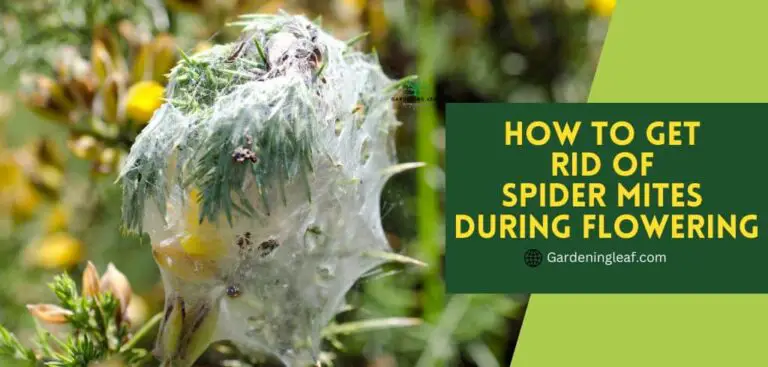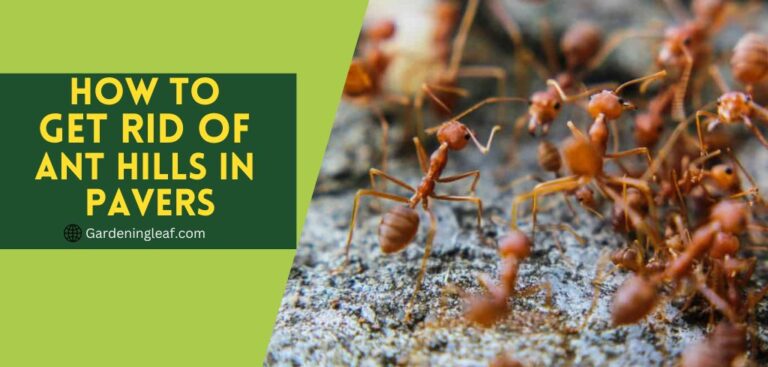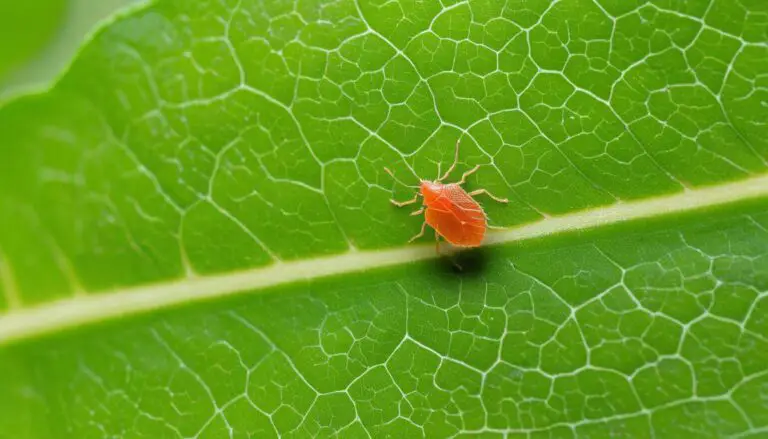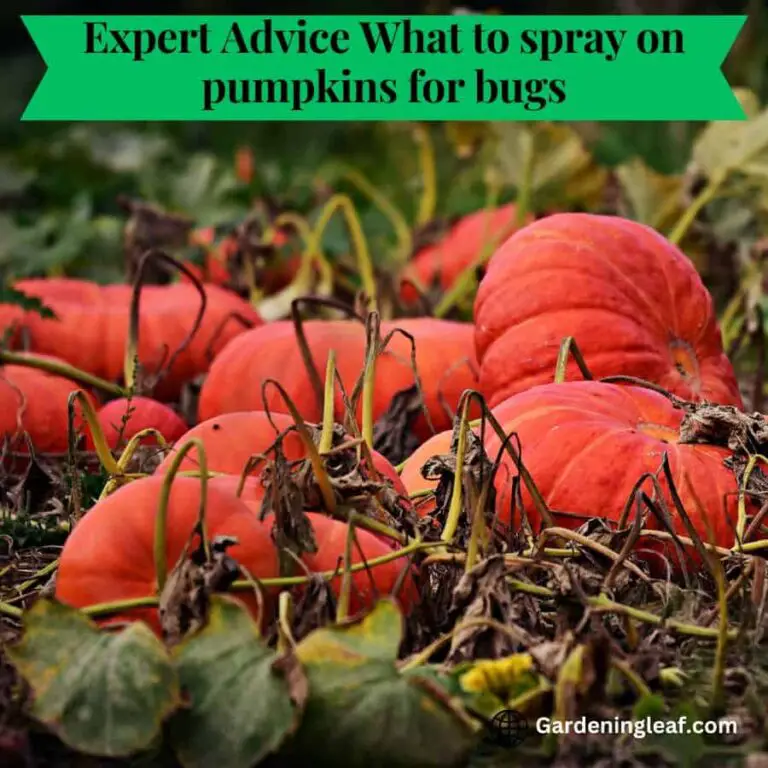Conquering Tiny Silver Bugs in Houseplant Soil: Expert Tips
Tiny silver bugs in houseplant soil can be a nuisance for any plant enthusiast. These pests, known as springtails, are small insects that thrive in moist soil conditions.
If not controlled, they can multiply and cause harm to your cherished plants rapidly. But fear not; there are expert tips to help you eliminate these pesky bugs and restore the health of your houseplants.
How to Identify Tiny Silver Bugs in Houseplant Soil
Like plants that are grown outdoors, indoor plants have the potential to attract a variety of insects. The main reason behind this is moist soil, warm temperatures, and accessible food sources (which happen to be your cherished plants).

You may have Came across different pests, such as soil mites, spider mites, mealy bugs, thrips, and aphids. But in houseplant soil, you can see a few different types.
Identifying the tiny silver bugs in your houseplant soil is crucial. It helps eliminate them. These bugs are referred to as springtails or silverfish. They are small, wingless insects that thrive in moist environments.
Springtails are dark gray or black. While silverfish have a shiny silver appearance, hence their name. Both insects have elongated bodies and exhibit rapid movements, challenging capturing them.
To confirm an infestation of springtails or silverfish, closely examine the bugs.
Springtails have a distinctive forked tail-like structure known as a collophore. Which they use to absorb moisture.
Silverfish, have a slightly elongated and flattened body with long antennae.
Also Read :- How To Get Rid Of Cactus Bugs: The Best Way To Do It
Distinguishing Features of Tiny Silver Bugs
Tiny silver bugs, known as springtails, possess distinguishing features that set them apart.
These metallic silver creatures are less than 1/8 inch long and can jump when disturbed. Springtails grow in places with too much moisture or not enough drainage, like the soil for houseplants.
Even though they don’t hurt people or pets. It’s important to fix the moisture problem causing an invasion to eliminate it.
Common Types of Tiny Silver Bugs Infesting Houseplants
Those tiny silver bugs are difficult to see with the naked eye. These bugs could be springtail infestation, isopods, or thrips.
Although they do not threaten your plants, they can still harm the leaves or roots. Several common types of tiny silver bugs can infest houseplants.
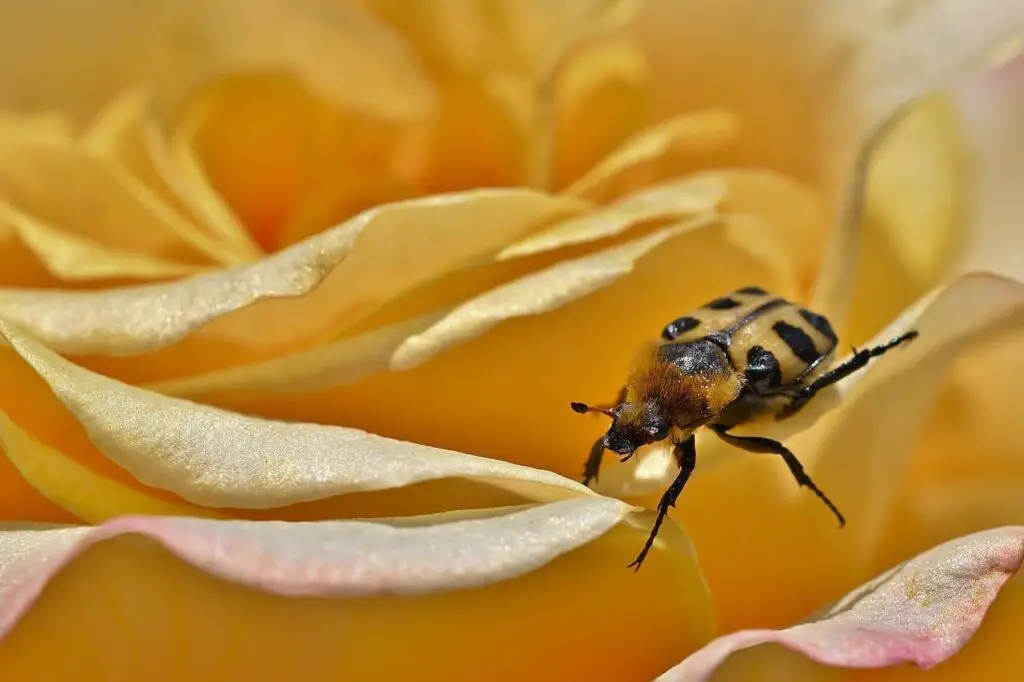
- Fungus Gnats (Sciaridae family): Small, dark flies lay eggs in moist soil and organic matter. The larvae consume fungi and decomposing organic material, harming plant roots if their numbers grow.
- Springtails: Springtails are small, wingless insects from the order Collembola. Measuring 1 to 2 millimeters long, they have a shiny appearance and can jump using their “furcula” structure.
- Silverfish (Lepisma saccharina): Silverfish are arthropods without wings. They have a shiny appearance and move like fish. These pests thrive in moist conditions and can infest indoor potted plants. They feed on plant carbohydrates like starches and sugars.
- Thrips (Thripidae family): Thrips are small insects with fringed wings. Some species appear silver or metallic. They harm leaves and blossoms by puncturing and sucking plant juices. They are usually found on leaves but can also be found around the soil of infested houseplants.
- Mites (Various families): Spider and soil mites can be silver or pale-colored. Spider mites spin webs on plants and feed on sap. While soil mites eat the soil nutrients found in the soil, they do not cause any harm to plant’s health.
- Psocids (Psocoptera order): Psocids, or booklice, are tiny insects with soft bodies and lengthy antennae. They are attracted to damp conditions and feed on mold, fungi, and organic matter in the soil.
- Beetles (Various families): Some beetle species may appear silver or metallic when young. They can accidentally end up in houseplant soil or lay eggs in it. While the larvae of some beetles can feed on plant roots, they are not as common as other pests.
Read More: – Easy Guide To Using Neem Oil For Garden Pest And Disease Control
How to get rid of Tiny Silver House plant Bugs
1. Identify the Problem: You must confirm a silverfish infestation before action. Silverfish are nocturnal insects in dark, damp places like basements, attics, and restrooms. They are half an inch long, silver-gray, and move like fish. If these bugs are in your home, take action.
2. Reduce Moisture: Silverfish love moisture. Hence lowering house humidity can repel them. Dehumidify moist areas, fix plumbing and roof leaks, and ventilate your property. Reduce silverfish survival by making your surroundings less suitable.
3. Declutter and Clean: Silverfish are attracted to clutter. It offers places to hide and food sources. Declutter your home by removing piles of paper, stacks of books, and old magazines. Vacuum and dust bookshelves, closets, and beneath furniture to prevent silverfish. Clean and ordered spaces deter these bugs.
4. Seal Entry Points: To keep silverfish from entering your home. Close up any tiny openings or fissures in walls, windows, and doors by using caulk or weatherstripping. Blocking their access will keep them out.
5. Quarantine affected plants: If you detect an invasion in one of your indoor plants. Separating it from the rest is crucial to prevent the pests from spreading. Temporarily move the affected plant to a different room or space until the invasion is managed.
5. Natural Remedies: Opt for natural pest deterrents. Silverfish dislike strong scents like neem or essential oils like peppermint, rosemary, lavender, or citrus.
Sprinkle diatomaceous earth. This organic powder is derived from fossilized algae found in regions inhabited by silverfish. It is harmless to humans but dehydrates and kills the bugs upon contact.
6. Chemical Treatments: Consider using chemical pesticides if natural remedies don’t provide enough results. There are various insecticides available designed for silverfish control.
7. Professional Pest Control: If you cannot control them, ask for professional Help. They have the expertise, experience, and tools to eradicate selectively.
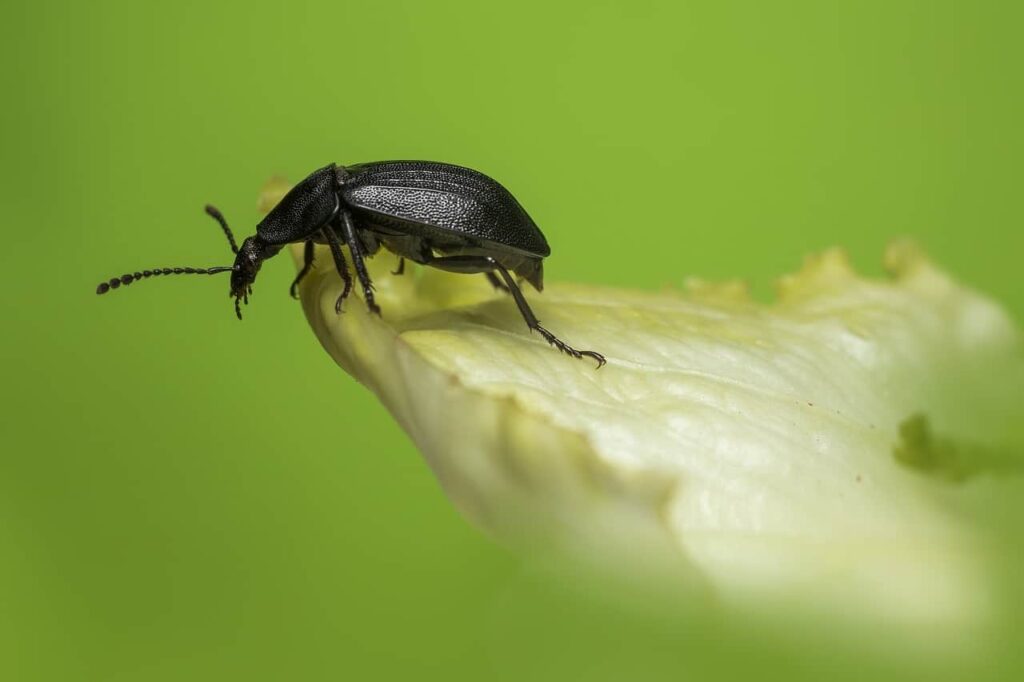
Household Remedies for Bug Elimination
- Sticky traps help capture and control these pests. It acts as a barrier to stop their spread to other plants.
- Neem oil possesses insecticidal properties, making it an effective natural remedy. Apply to the soil to kill the bugs and disrupt their life cycle.
- When sprinkled on the soil surface. Diatomaceous earth is a physical barrier, dehydrating and killing the silver bugs.
- Also, Regularly inspect for any signs of infestation. Act ASAP.
Read More: Getting The Timing Right: Best Time To Spray Fungicide
How to Prevent Future Infestations?
Preventing future infestations of tiny silver bugs in your houseplant soil. It’s important to maintain a healthy and pest-free indoor environment. Below are a few precautions you can implement:
1. Maintain proper plant care: Healthy plants resist pests. To stimulate growth, give houseplants enough sunlight, water, and nutrients. Overwatering plants can attract silver bugs.
2. Improve air circulation: Proper air circulation prevents silver bugs from infesting houseplants. Place plants in well-ventilated areas or use fans to circulate air around them.
3. Remove affected potting soil: If your soil has a serious silver bug infestation. Remove the plant from its pot, shake off excess soil, and put it in a zippered bag. Use Fresh, sterilized potting soil.
4. Use natural remedies: Neem oil, insecticidal soap, diluted dish soap solution, or vinegar-water spray can repel and eliminate these pests. Apply these remedies to the affected areas and repeat as necessary.
5. Track and inspect: Check under leaves, stems, and soil for tiny silver bugs or their eggs. Remove any infested plants or affected soil
6. Quarantine new plants: When you plant them from a nursery. Quarantine them for a few weeks. Stock plants at nurseries often have these bugs, which can spread to other plants.
7. Avoid overcrowding: Too many plants in a confined space create favorable conditions for pests to infest.
8. Practice good hygiene: Maintain neat and clean settings to prevent silver bug infestations. Remove trash and dead leaves from plant pots. Silver bugs don’t like clean environments.
9. Adjust watering habits: In most cases, watering is the main reason why tiny silver bugs in houseplant soil. Careful about it
10. Provide proper drainage: Ensure your houseplant pots have sufficient drainage holes. The presence of standing water can attract and help the breeding of pests.
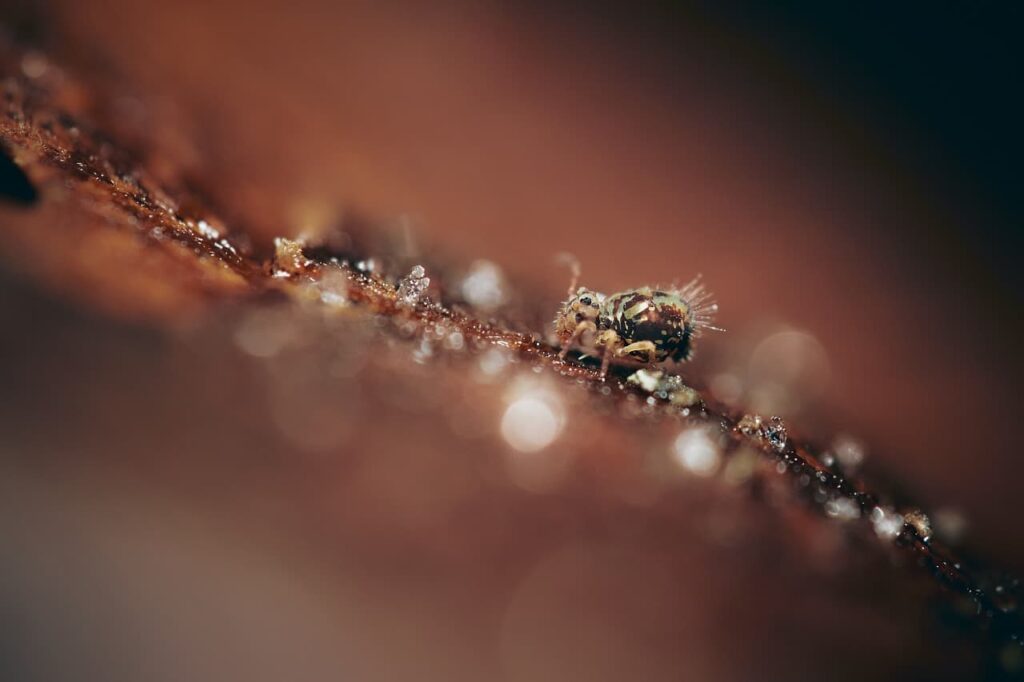
Can indoor plants attract or host bugs?
Yes, indoor plants can attract and harbor bugs. Houseplant soil’s warm and moist environment can become a breeding ground for various pests. Including tiny silver bugs like springtails or fungus gnats.
By carrying out frequent inspections and offering adequate care. The infestation of pests on indoor plants can be prevented and eliminated.
What causes tiny silver bugs in houseplant soil?
Fungus gnats are the most common cause of tiny silver bugs in houseplant soil. Fungus gnats are drawn to areas with high moisture levels and prefer to deposit their eggs in damp soil.
Excessive watering of plants can create an ideal environment for these pests to flourish. So, maintaining appropriate watering techniques is important.
Also Read : Planting Grass Seed After Weed Killer: Timing Tips
Conclusion
The best way to ensure healthy houseplants is by using good plant soil. The good news is that most houseplant pests. Such as tiny silver bugs in houseplant soil and ants, can be managed effectively.
Keep an eye on the soil’s surface and crevices, where tiny silver bugs, also known as pill bugs, might hide.
Even though they appear small, these bugs can cause significant harm to your plants by munching on their roots.
If not addressed promptly, they can lead to serious damage. Using a soil drench treatment can help eliminate them and safeguard your plants. Remember, taking care of your plants’ soil and staying vigilant against common pests is essential for a thriving indoor garden.


